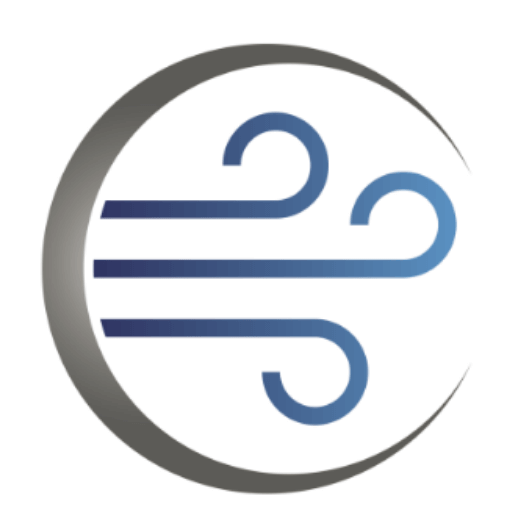Lung Volumes via the Body Plethysmography Method
What are lung volume measurements used for?
This safe, non-invasive test determines the total volume of air that a person can inhale and exhale, as well as the residual volume of air, aiding the diagnosis of various restrictive and interstitial lung diseases. The main use of lung volume testing is in the diagnosis and monitoring of Interstitial Lung Disease (ILD), Fibrosis, Hyperinflation and Gas trapping.

What is the body plethysmography method?
The body plethysmography method uses a plethysmograph device, which is a sealed, airtight box that a person sits inside. Connected to the plethysmograph is a mouthpiece, into which the patient blows air. During the breathing test, the patient is instructed to take a deep breath and then exhale as much air as possible. After this, the patient will inhale as much air as possible, and hold their breath for a few seconds.
The plethysmograph measures the pressure changes that occur in the box during the breathing cycle, and these measurements are used to calculate lung volumes. Measurements usually include total lung capacity (TLC), functional residual capacity (FRC), and residual capacity (RC).
Who needs body plethysmography?
Patients with lung or airway condition symptoms, including coughing with mucus, trouble inhaling deeply, wheezing, and chest pressure, tightness and pain, may indicate the need for a GP referral for body plethysmography.
Contact us to book an appointment
Visit us at either our Clayfield or North Lakes location and experience compassionate care in a comfortable environment, tailored to meet your unique needs.

